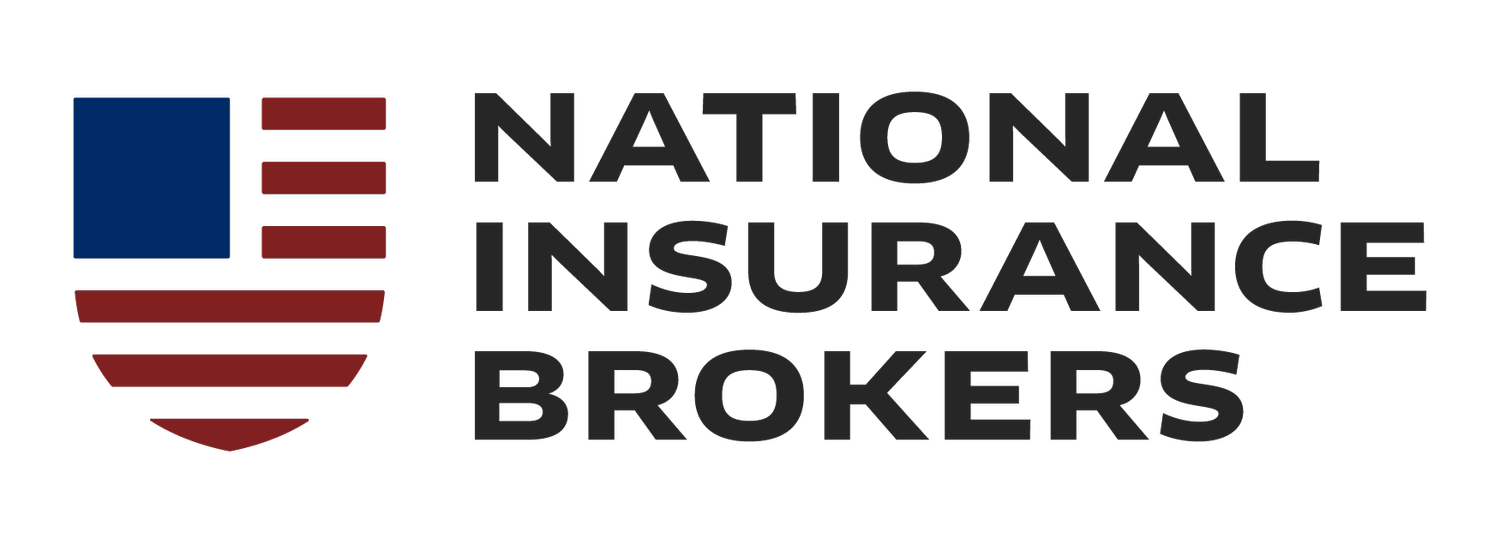Natural Disasters and Homeowners Insurance: Are You Prepared?
The unexpected can hit at any moment - wildfires consuming acres, floods inundating homes, or earthquakes shaking the very ground beneath us. But when the storm clears, there’s one burning question homeowners often find themselves asking: “Does homeowners insurance cover natural disasters?” At National Insurance Brokers, we're committed to not just providing you with insurance but ensuring you're well-informed about the choices you make.
Understanding Natural Disasters
Natural disasters, by their very nature, are unpredictable. Whether it's the wrath of hurricanes along coastal areas, the tremors of earthquakes disrupting daily life, or the rapid spread of wildfires, the environment around us is filled with potent forces.
Considering the risks posed by the environment, most insurance companies have developed specialized homeowners insurance policies. One significant concern with these natural events is the aftermath of climate-related disasters due to climate change.
For instance, with the increased incidence of wildfires, it's crucial to check if fire damage is typically covered by your homeowners insurance policy.
Here’s some of the most common natural disasters to protect against.
Hurricanes: Accompanied by powerful winds, heavy rainfall, and often storm surges, hurricanes can lead to significant property damage, especially in high-risk areas.
Earthquakes: A sudden ground shaking caused by tectonic movements; its damage isn't limited to ground shaking but can also result in landslides and tsunamis.
Floods: These can arise from intense rainfall, hurricanes, or even the melting of snow. And, while water is a life source, it can equally wreak havoc on homes.
Wildfires: Often propelled by dry conditions and strong winds, wildfires can consume vast areas, affecting both urban and rural areas.
Each type of natural disaster presents a unique challenge, and its unforeseeable nature makes it all the more essential for homeowners to be prepared.
The Role of Homeowners Insurance
Homeowners insurance is the bulwark for many against the financial repercussions of natural disasters. However, it's crucial to understand the nuances of what is and isn’t covered.
Most standard homeowners insurance policies cover damage from certain natural disasters like fires, lightning strikes, wind damage, and hail damage. If a lightning strike causes a fire in your home, or a fierce storm results in hail damages to your roof, you'd typically find these to be covered perils under your policy.
Here's where things get a bit tricky. Flood damage and earthquake damage are usually not covered by standard homeowners or home insurance policies. Those living in flood-prone areas or regions susceptible to earthquakes should consider purchasing a separate flood or earthquake insurance policy.
While the National Flood Insurance Program provides flood coverage, private insurance companies can offer flood and earthquake insurance.
A pivotal factor to remember is that while standard homeowners insurance policies might offer coverage against specific events, most homeowners insurance policies require homeowners to take a separate flood insurance policy for flood risks. Similarly, earthquake damages often necessitate a separate policy provided by private insurers.
After a natural disaster, homeowners can find themselves in a challenging spot. Beyond the emotional toll, there's the tangible loss - property, belongings, perhaps even memories. This is where homeowners insurance proves invaluable. It doesn't just cover damage but aids in rebuilding and recovery.
Dwelling coverage can help pay for repairs or even completely rebuild your home, while personal property protection might cover the loss of belongings inside.
As you traverse the insurance industry, it's essential to understand your coverage options and potentially opt for a higher deductible if you want to reduce your monthly premium, but always read your policy carefully.
High-Risk Areas
When assessing the risks associated with natural disasters, geographical location plays a pivotal role. Various regions are inherently more susceptible to certain natural calamities due to their environmental and climatic conditions.
Coastal areas, for instance, might face higher risks from hurricanes and flooding. Earthquake-prone zones, like parts of California, sit on tectonic plate boundaries, making them vulnerable to seismic activities. Similarly, dry, wooded regions are more susceptible to wildfires.
Living in high-risk areas can influence homeowners insurance rates. Insurance companies often consider the likelihood of a natural disaster striking when determining premiums. Homeowners in regions frequently hit by storms or earthquakes might find their homeowners insurance costs slightly elevated.
If you reside in one of these high-risk areas, it's not all doom and gloom. Homeowners can undertake various measures to minimize potential damage. Reinforcing your home to withstand earthquakes, elevating homes in flood zones, or maintaining a defensible space in wildfire-prone areas can make a significant difference.
Most insurance companies evaluate the risks in these high-risk zones meticulously. With the unpredictable patterns of climate change, areas traditionally not viewed as high-risk might soon find themselves reclassified.
This reevaluation could have implications on the typical homeowners insurance policies and might necessitate homeowners to look at specialized coverage options or even consider purchasing a separate flood insurance policy or earthquake policy.
Reviewing and Updating Your Policy
Your home isn't just a structure; it evolves with time, mirroring the changes in your life and the world around it. This evolution necessitates that your homeowners insurance policy isn't static but evolves with it.
The value of your home might fluctuate due to various factors, from market dynamics to home improvements. Periodically reviewing your policy ensures that you're both over-insured and under-insured. It's recommended to revisit your policy at least once a year or after significant home renovations.
Given the ever-changing nature of our climate, it's essential to evaluate if your insurance covers the most pertinent risks. For instance, if your region has recently experienced unusual flooding, consider adding flood coverage to your plan.
It's not just about having an insurance policy; it's about having the right coverage. In the aftermath of a disaster, being underinsured can lead to substantial out-of-pocket costs. On the other hand, being over-insured means you're paying more in premiums than necessary. Finding that sweet spot ensures you're financially protected without any undue burden.
Also, with the rise of unpredictable weather patterns due to climate change, homeowners are advised to be diligent. It's not uncommon for areas previously not prone to flooding to suddenly require a separate flood insurance policy from private insurers. Ensure that you're not caught off-guard by reviewing your policy carefully and understanding your coverage options thoroughly.
Conclusion
In the unpredictable landscape of natural disasters, homeowners insurance is a beacon of security and preparedness. It's not merely a contract but a commitment to stand by homeowners when they face some of their most challenging moments.
From understanding the nuances of high-risk areas to ensuring your policy is tailored to your unique needs, being proactive is the cornerstone of true preparedness.
But remember, while knowledge is power, guidance can make all the difference. If you're ever in doubt about your coverage or need insights into tailoring the perfect policy, feel free to reach out to our team at National Insurance Brokers.
Let us assist you in navigating the sometimes complex world of insurance, ensuring that when the storm hits, you're not just prepared but empowered.

